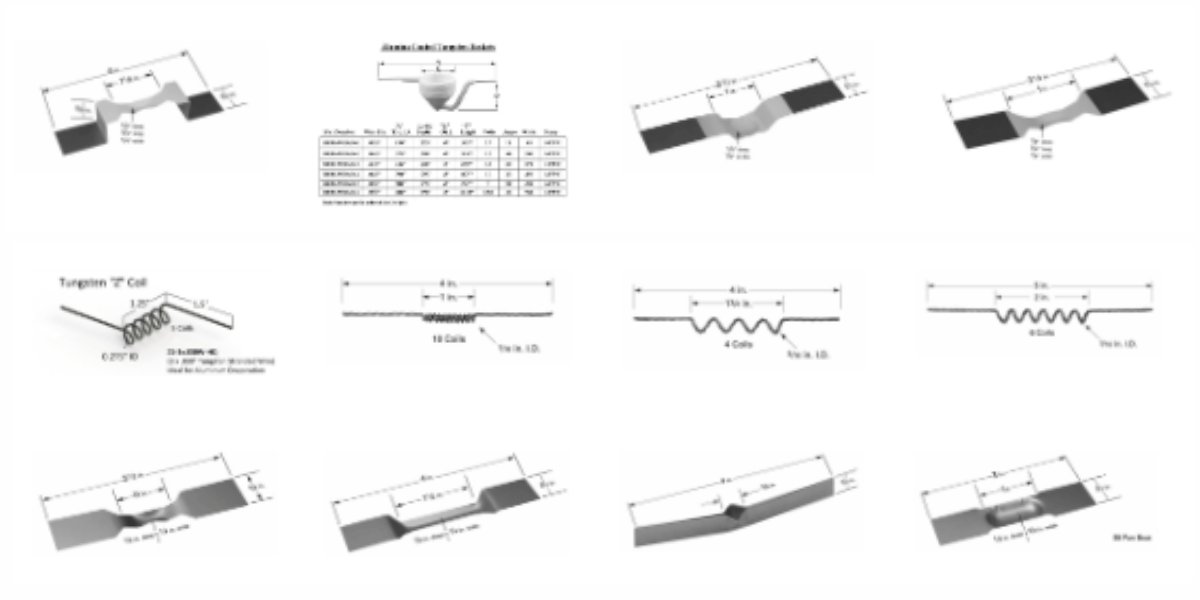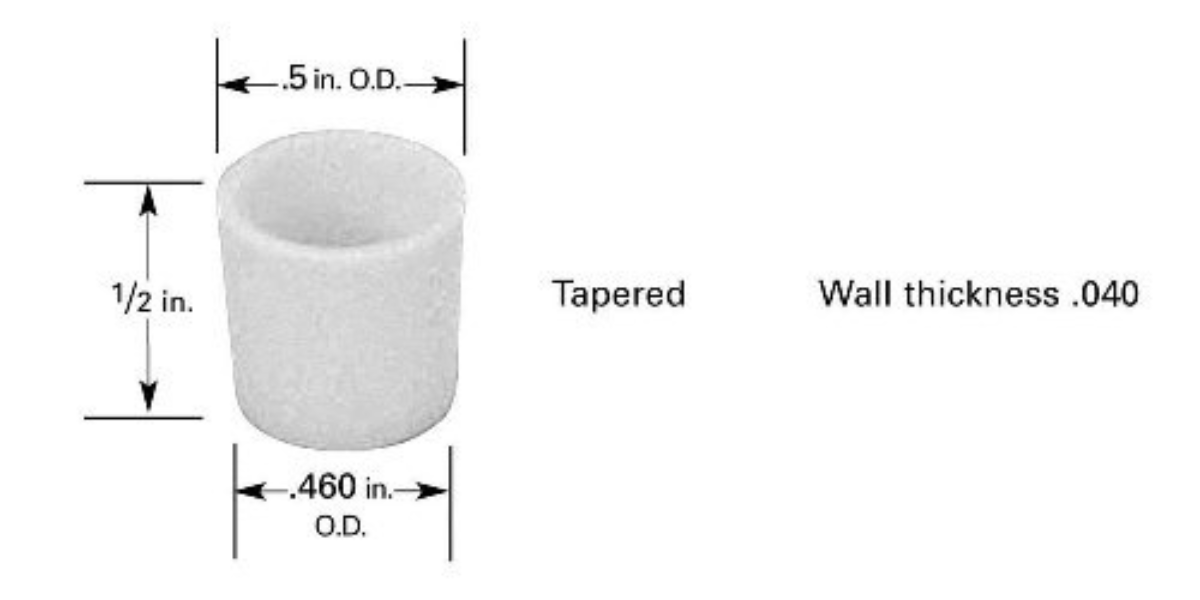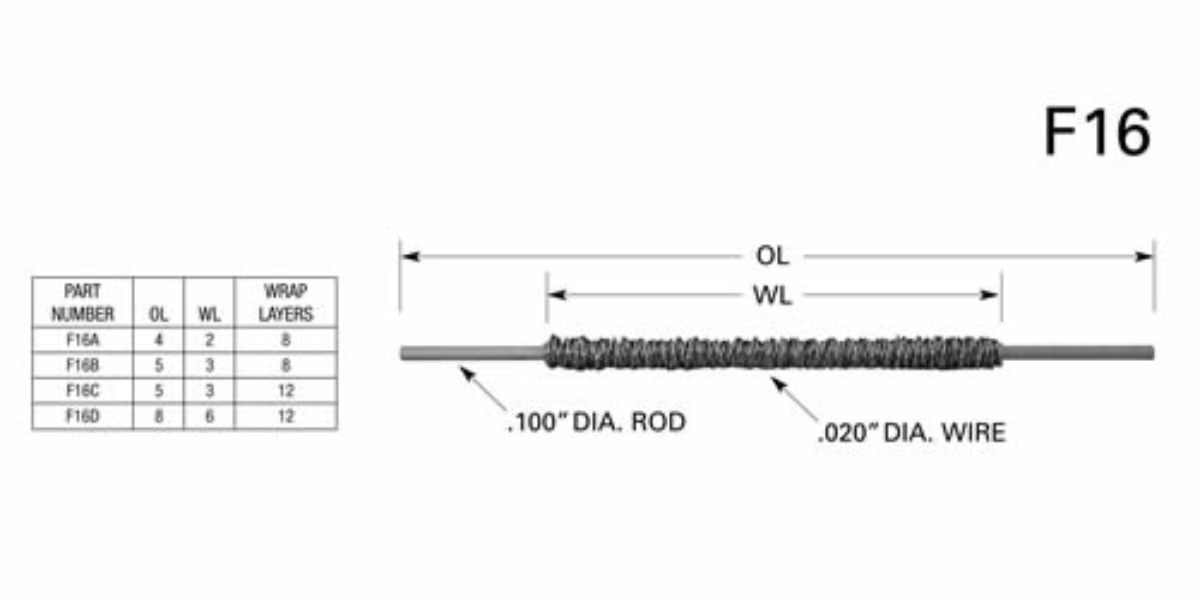How to Choose Between Metal and Oxide Sputtering Targets for Thin Film Deposition
Thin film deposition is a critical process in various industries, from electronics to optics and beyond. When it comes to sputtering, the choice between metal and oxide sputtering targets plays a pivotal role in determining the characteristics and performance of the thin films produced. Whether you’re new to the field or looking to refine your deposition processes, understanding the differences and considerations between these two types of targets is essential.
Metal Sputtering Targets
1. Material Purity and Composition:
- Purity: Metal sputtering targets are typically available in high-purity grades, ensuring minimal contamination in thin film deposition processes.
- Composition: They consist of pure metals or alloys, offering flexibility in adjusting film properties by altering the alloy composition.
2. Film Characteristics:
- Conductivity: Metals are excellent conductors, making metal sputtering targets ideal for applications requiring high electrical conductivity.
- Mechanical Properties: Depending on the metal, films can exhibit varying degrees of hardness, flexibility, and resistance to wear.
3. Applications:
- Electronics: Used extensively in semiconductor fabrication and integrated circuit manufacturing.
- Optics: Useful for creating reflective coatings and conductive layers in optical devices.
4. Considerations:
- Oxidation: Metals can oxidize during sputtering, affecting film properties.
- Adhesion: Adhesion to substrates may vary based on the metal and substrate materials.
Oxide Sputtering Targets
1. Composition and Structure:
- Oxide Formation: These targets are composed of metal oxides, where the oxygen content influences film properties such as transparency and conductivity.
- Stoichiometry: Control over stoichiometry (the ratio of metal to oxygen) is crucial for tailoring film characteristics.
2. Film Characteristics:
- Optical Properties: Oxides are often transparent and can exhibit variable refractive indices depending on composition.
- Dielectric Properties: Useful for insulating layers and capacitor applications due to their electrical properties.
3. Applications:
- Displays: Oxide films are essential in display technologies like LCDs and OLEDs.
- Photovoltaics: Used in solar cell manufacturing for their transparency and conductivity.
4. Considerations:
- Stoichiometry Control: Maintaining precise stoichiometry during sputtering is critical for achieving desired film properties.
- Reactive Sputtering: Oxide targets often require reactive sputtering techniques to control oxygen incorporation.
Choosing Between Metal and Oxide Sputtering Targets
1. Application Requirements:
- Electrical Properties: If high electrical conductivity is essential, metal targets are preferred.
- Optical Transparency: For applications requiring transparency and specific optical properties, oxide targets are more suitable.
2. Film Characteristics:
- Mechanical Properties: Consider the mechanical robustness and adhesion of the film to your substrate.
- Chemical Stability: Evaluate the chemical stability of the deposited film in the intended environment.
3. Process Considerations:
- Sputtering Conditions: Adjust sputtering parameters such as power, pressure, and gas composition to optimize film deposition.
- Target Lifetime: Evaluate the longevity of the target material under your operational conditions.
4. Cost and Availability:
- Cost: Compare the cost of materials and the efficiency of deposition processes.
- Availability: Consider the ease of sourcing and the variety of sizes and purities available.
Choosing between metal and oxide sputtering targets involves a detailed assessment of your specific thin film deposition requirements, considering factors such as material properties, film characteristics, and application demands. By aligning these considerations with your project goals, you can effectively optimize your thin film deposition processes for enhanced performance and reliability in your applications.
Shop R.D. Mathis Company
When navigating the intricate world of thin film deposition, the choice between metal and oxide sputtering targets stands as a pivotal decision. Each type offers unique properties and advantages tailored to diverse applications in industries such as electronics, optics, and beyond.
For those seeking reliable and high-quality sputtering targets, R.D. Mathis Company emerges as a trusted partner. With their extensive expertise and commitment to precision manufacturing, we provide a comprehensive range of sputtering targets that meet stringent quality standards.
Shop our selection today.



